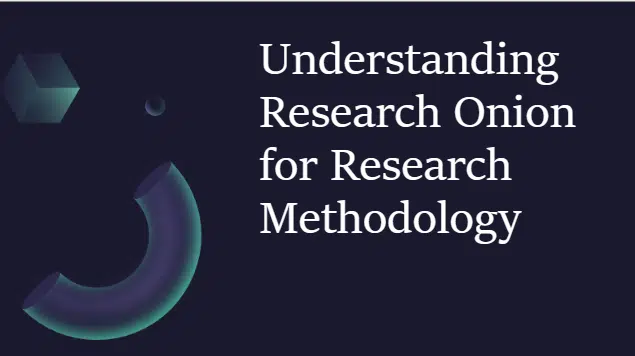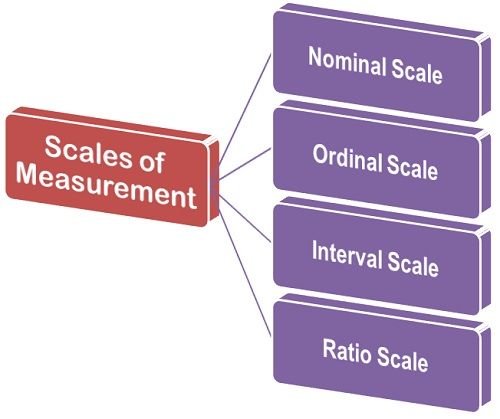Research onion is a framework for developing different types of research methodology, depending upon the objective of the study. Research onion was developed by Saunders et al (2007) in their book “Research Method for Business Students”. The model consists of multiple layers that are arranged in a way similar to the layers of an onion.

Research Onion Methodology Examples
The outermost layer represents four types of research philosophies that include positivism, interpretivism, pragmatism, and realism (Saunders, 2007). The first decision is to choose a research philosophy to develop foundation of the overall research methodology.
| Research Philosophy | Research Approach | Research Design | Type of Study |
| Positivism | Deductive | Quantitative | Survey, Experiment, mono-method quantitative study |
| Interpretivism | Inductive | Qualitative | Case studies, action research, ethnographic, phenomenological |
| Pragmatism | Inductive and Deductive | Mixed | Explanatory, Exploratory, or Descriptive |
Quantitative Research
The purpose of quantitative research is to understand patterns, causes, and relationship between different variables. Quantitative research is actually positivist research that aims to validate hypothesis derived from existing theories. Such studies are based on deductive reasoning approach. These studies intend to test existing theories by utilizing a specific dataset collected from samples. Explanatory research is a type of investigation used in quantitative research to explain statistical relationship between variables within the scope of the study (Seakran, 2003). Monomethod quantitative research uses only one method to gather data from sources and performing analysis of data.
Also Read: Time Horizon in Research onion
Qualitative Research
Qualitative research aims to understand different process, subject, or phenomenon. Interpretivist studies are qualitative research aiming to develop a deeper understanding of the underlying phenomenon. Ethnographic research, phenomenological research, case study, grounded theory, and action theory are different types of qualitative research. The purpose of inductive reasoning is to develop theories using organized observation and analysis of observations. In these studies, researchers do not use hypothesis testing to test existing theories but rather focus on developing new theories.
Mixed Research
Mixed research is a combination of qualitative and quantitative research. Pragmatism enables researchers to develop research methodology that can address the research objectives and problem statement effectively. Pragmatism is flexible and not based on limitations of qualitative and quantitative research. Mixed research integrates advantages of qualitative and quantitative research within a single study to overcome their respective limitations. Such research is sequential that understands a phenomenon and tests the hypothesis derived from findings of the study.Researchers use the sequential approach of employing inductive and deductive reasoning in such studies (Creswell, 2007).
References
Creswell. (2007). Research Design- Qualitative and mixed methods approaches. London: Sage Publishers.
Saunders, M. L. (2007). Research methods for business students (5th ed.). Essex: Pearson Education Limited.
Seakran, U. (2003). Research Methods for Business. United States: John Wiley and Sons. Retrieved from https://iaear.weebly.com/uploads/2/6/2/5/26257106/research_methods_entiree_book_umasekaram-pdf-130527124352-phpapp02.pdf





